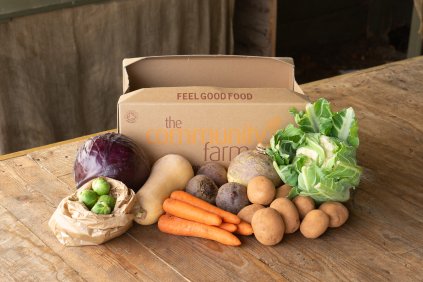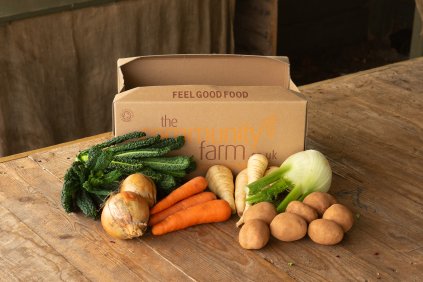We couldn’t hide our delight back in October on finding evidence of hazel dormice making their homes in our carefully managed hedges here at The Community Farm!
Earlier this year licensed Ecologist Elizabeth Pimley and some farm volunteers placed 50 survey tunnels in our hedges to check for the presence of dormice at The Farm.
A survey visit in August drew a blank but the end of season survey in October led to the discovery of 3 dormouse nests – not occupied but with clear evidence of recent nesting. Though a small number, this was hugely encouraging as dormice don’t generally nest in large concentrations and some will prefer not to use the survey tunnels anyway so the likelihood is that there are many more out there!
We also found some cheeky woodmice house-sitting in a few of the other survey tunnels! What opportunists!
But back to the dormice….
Why the excitement? Apart from the cuteness of these tiny fluffy rodents - golden brown fur, big black eyes, that distinctive furry tail - they are a very rare species and are in danger of extinction. For decades they’ve been disappearing from much of our countryside along with the hedgerows and ancient woodland that provided their home, shelter and food. Dormice don’t like to cross large open spaces such as large fields so they have suffered badly from loss of habitat.
They are on the government list of priority species and are strictly protected by law. This means it is illegal to disturb them and only a licensed specialist may check nests and handle dormice – generally done for monitoring or research purposes.
Rarely seen, dormice are nocturnal and in the warmer seasons they surreptitiously move high up in hedges, shrubs and trees, hibernating in winter in cosy spots such as in the base of hedges or under logs.
Emerging from hibernation in Spring the dormice are hungry! They start feasting on blossoms such as hawthorn and oak, then in summer they turn to insects and caterpillars and, as autumn arrives, they feed on seeds, berries and nuts (hence the name hazel dormice) in order to fatten up to see them through hibernation. All these foods are increasingly found in abundance in the hedgerows here at The Farm, and the presence of dormice is an endorsement of the careful nurturing of our hedges here in recent years which is fantastic news!
So what next?
Now we know there are dormice here, we have to be extra careful to protect them and to further improve their habitat here. With advice from Elizabeth and the Peoples Trust for Endangered Species, the plan over the winter is to install 25 wooden nest boxes around the site (a great project for some of The Farm’s woodwork enthusiasts!). We can do this without a licence because during the winter months the dormice are sleeping low down and, therefore, won’t be disturbed. Then, next year, the new nest boxes will be surveyed under licence during the dormouse breeding season. Hopes for the future include taking part in national data collection and research and working with others across the Chew Valley - watch this space!
By Annie Price, Management Committee Member














